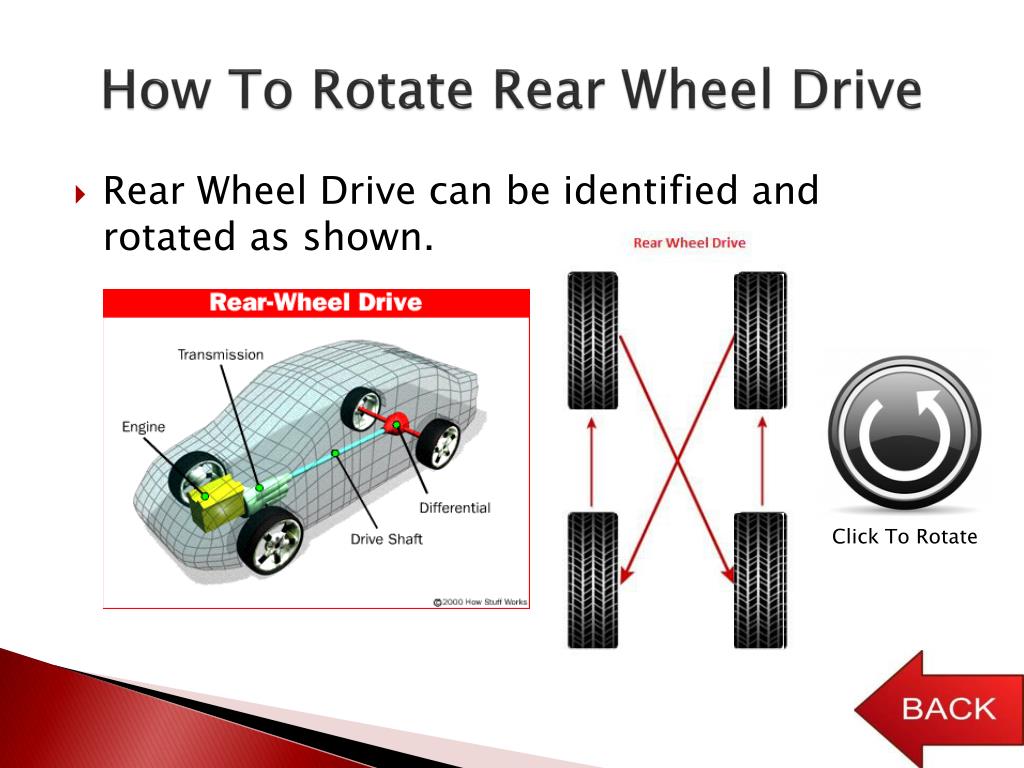The yoga studio isn't the only place where you'll hear the words "balancing" and "alignment." You'll also hear these words mentioned when you take your car in for service.
But what do balancing and alignment mean off the yoga mat? Both contribute to a smoother ride, but tire balancing and alignment are different services. A tire balance corrects the weight imbalance on your tire and wheel assemblies, while an alignment corrects the angles of the tires so that they come into contact with the road in just the right way.
If you’re wondering, “What is wheel alignment?” or, “What does tire balancing mean?” it’s time to dive deeper into your car care practice. Learn the difference between the two today.
Tire balancing (also known as wheel balancing) corrects uneven distribution of weight
in the wheels. Imbalanced wheels can lead to vibration, excessive tire wear, damage tothe suspension, and other problems.
During a tire balance service, your tires and wheels are mounted onto a tire balancing machine. The machine spins the tire and wheel assembly to measure the imbalance, so that a technician can precisely install the correct tire weights to achieve a properly balanced wheel and tire assembly. Often, wheel balancing and alignment happen during one service, but they shouldn't be confused for the same thing!
Uneven tire wear and vibration in your steering wheel, floorboard, or seat can signal it's time for tire balancing. You may also want to have your tires balanced during a tire rotation, after a flat tire repair, or as part of your scheduled maintenance.
Interestingly, the part of your car that trembles can indicate whether the front or back wheels need balancing. If it's in the steering wheel, it’s likely your front tires. If it's in the seats, the imbalance is in the back wheels.
Tires can become out of balance because of uneven tire wear or the loss of a wheel weight because a rim hits a curb or pothole.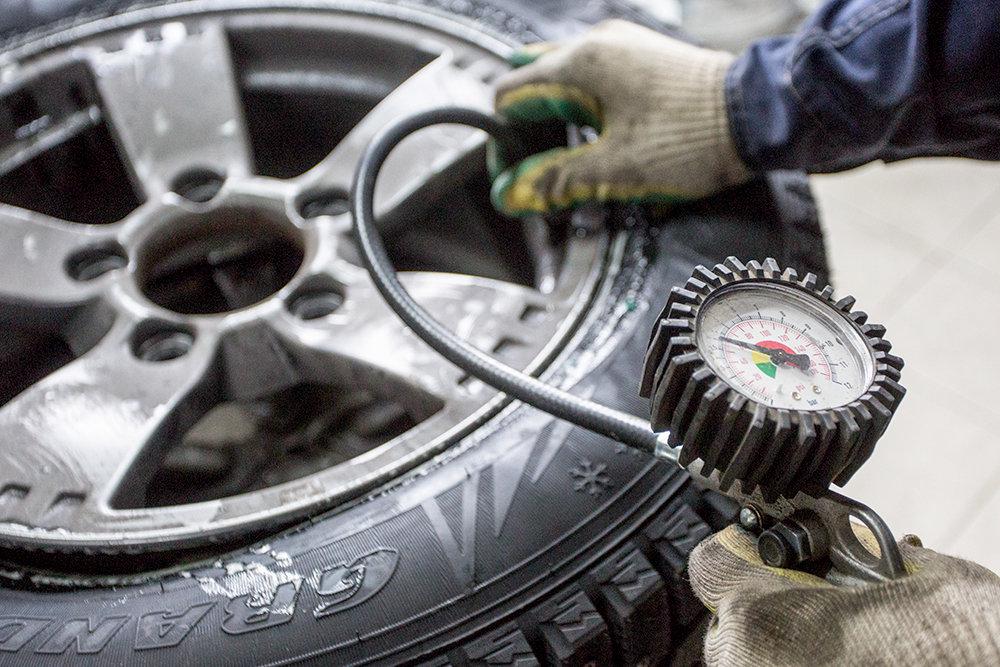 If you leave your car parked for extended periods without moving it, the tires might develop flat spots that cause imbalances.
If you leave your car parked for extended periods without moving it, the tires might develop flat spots that cause imbalances.
Wheel alignment (also known as tire alignment) refers to an adjustment of a car's suspension — the system that connects a vehicle to its wheels. It's not an adjustment of the tires or wheels themselves.
Alignment keeps your car from veering to the right or left. It also can improve the handling of your vehicle and stop unusual on-the-road vibrations.
Your vehicle might need an alignment if you notice any of the following:
Your alignment can get knocked out of whack after being in a car accident, driving over a pothole, or running into a curb.
The most significant benefit of balancing services is that they prevent premature tire tread wear. Technicians agree that getting your tires balanced every 5,000 to 6,000 miles (or as recommended by your manufacturer) can help extend their lifespan and improve their performance.
Wheel alignment benefits, on the other hand, include improved vehicle handling, fuel efficiency, and tire life. Firestone Complete Auto Care recommends that you have your vehicle's alignment checked every 6,000 miles or twice a year. Left untreated, alignment issues can shorten a tire's life by thousands of miles, and they can damage critical steering and suspension components.
| Tire Balance vs. Alignment Quicklook | |||
|---|---|---|---|
| Service | Definition | Signs It's Time | Benefits |
| Tire Balance | A tire balance corrects the weight imbalance on your tire and wheel assemblies.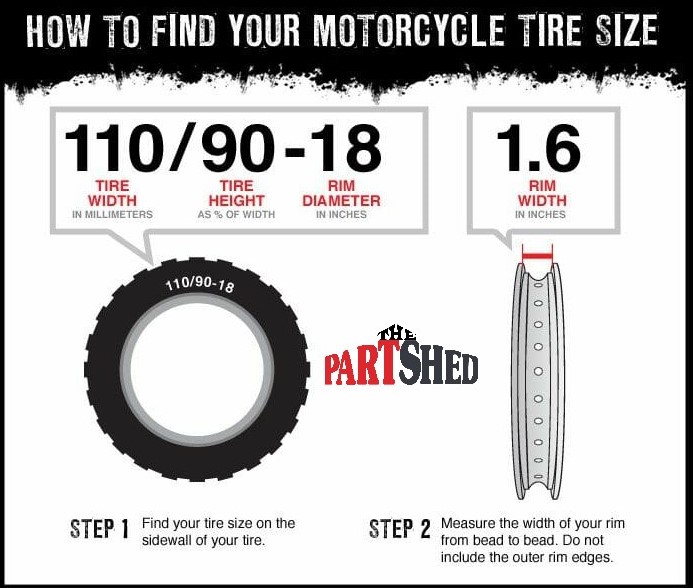
| Uneven tire wear and vibration in your steering wheel, floorboard, or seat. | Proper balancing can lead to a smoother ride, less tire wear, and reduced strain on the drivetrain. |
| Wheel Alignment | An alignment corrects the angles of the tires so that they come into contact with the road in just the right way. | Vehicle pulls to one side, rapid tire wear, squealing tires, or crooked steering wheel when driving straight. | Proper alignment ensures a smoother ride for you and a longer life for your tires. |
Are you noticing symptoms of balancing and alignment issues in your car? Don't let them disrupt your flow. Schedule an appointment at your nearest Firestone Complete Auto Care for a zen-like ride that’s both relaxing and reliable.
Hide Show
COVID-19 Response: Supporting our team members, customers and communities. Learn More
Tires become unbalanced when one part of the tire becomes heavier than the other parts of the tire. But how do they get this way? In this guide, we will go over all different kinds of information about unbalanced tires.
Drivers should read ahead to learn more about how tires become unbalanced, and how to get your vehicle running at optimal performance after noticing these signs.
If your tires are out of balance, there are a few key ways to detect it. Some of the most common signs that your tires are out of balance include:
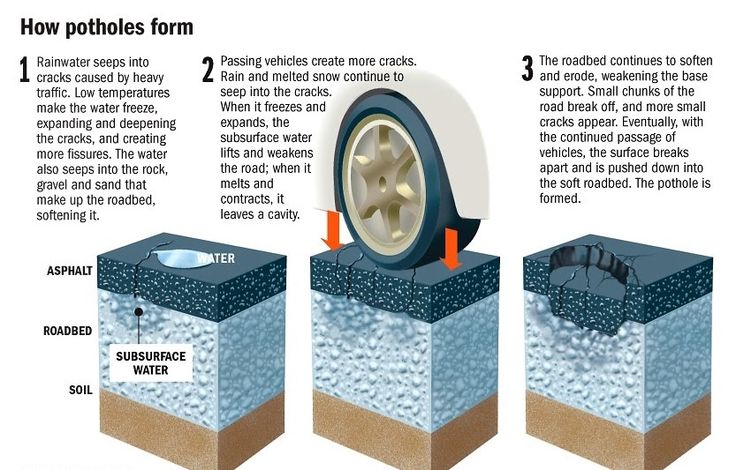
If you're experiencing any of these things, it's likely that your tires are out of balance.
How Tires Become Unbalanced
Tires can become unbalanced in a variety of different ways starting with the weather. Cold air causes regular tire deflation because of the way the air particles inside the tire contract. However, sometimes the tire can deflate so much that your tires become unbalanced.
Another common reason for tire imbalance is the loss of a wheel weight. This can happen when you're driving at high speeds and hit either a speed bump, a sidewalk curb, a deep pothole, or any type of object on the road. Hitting a bump or hole can also cause one or more of the steel tire belts to break.
This can happen when you're driving at high speeds and hit either a speed bump, a sidewalk curb, a deep pothole, or any type of object on the road. Hitting a bump or hole can also cause one or more of the steel tire belts to break.
Tire Balance vs Wheel Alignment
Another common problem that can happen with your tires/wheels is that your wheels can come out of alignment. However, these two problems are treated completely differently. Tires are balanced by adding more weights to the tire in order to make it spin correctly. Wheel alignments, on the other hand, straighten out the wheels so they're all driving in the same exact direction.
Some drivers often confuse these two problems because they share a few symptoms in common including uneven tire wear. This is actually the most common sign of wheel misalignment. So, when you take your vehicle into the shop to be checked for unbalanced tires, they'll first rule out wheel alignment issues.
Need Your Tires Balanced?
We hope this detailed guide answered all of your unbalanced tire questions. If not, we're happy to answer more questions or get you to schedule for a service appointment. Drivers should give us a call today to have our team help them balance their tires and get them back on the road at optimal efficiency.
If not, we're happy to answer more questions or get you to schedule for a service appointment. Drivers should give us a call today to have our team help them balance their tires and get them back on the road at optimal efficiency.
Vladimir Gavrilov
Estimated reading time: 3 minutes
4155
Category: Service Auto
The wheel is out of balance for several reasons. During active driving on bad roads with many holes, not only weights, but even caps can be lost. The disk receives strong blows and may itself lose shape. Stamped wheels wrinkle easily, unlike alloy wheels, which only crack. These dents are the cause of imbalance.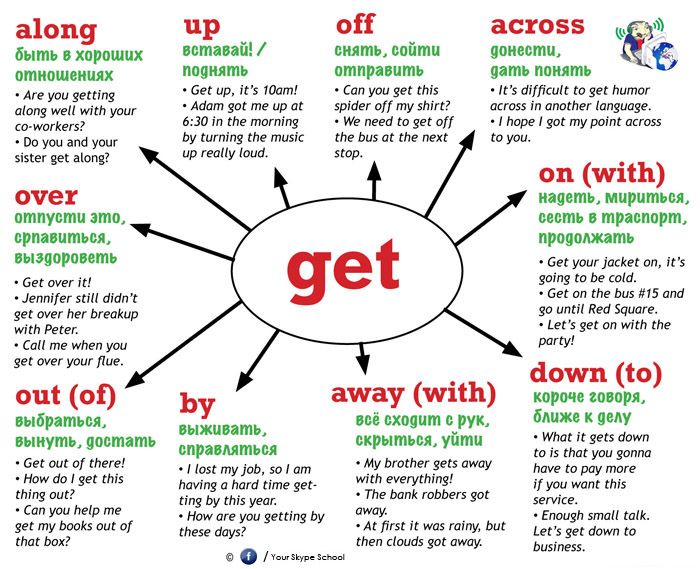 Unpleasant vibrations occur that disrupt the comfort of movement and even affect the operation of electronic systems such as ABS or ESP. In addition, tires get damaged on large irregularities, hernias form, the rubber loses its uniformity, which also causes imbalance and, as a result, vibrations of the wheel during rotation. Should I immediately go to the workshop, or can I drive such a shaking car for several thousand more kilometers? nine0005
Unpleasant vibrations occur that disrupt the comfort of movement and even affect the operation of electronic systems such as ABS or ESP. In addition, tires get damaged on large irregularities, hernias form, the rubber loses its uniformity, which also causes imbalance and, as a result, vibrations of the wheel during rotation. Should I immediately go to the workshop, or can I drive such a shaking car for several thousand more kilometers? nine0005
Tires should always be balanced, even new ones. During the manufacturing process of a tire, it is impossible to ideally distribute its weight around the center of the axis of rotation. The multilayer structure of the wheel is always heterogeneous, the metal cord and the protective base move in waves, which is why the center of mass does not coincide with the center of rotation. Inertial forces cause the tire to vibrate. On new tires produced in modern factories with a high level of precision, these vibrations are not strong.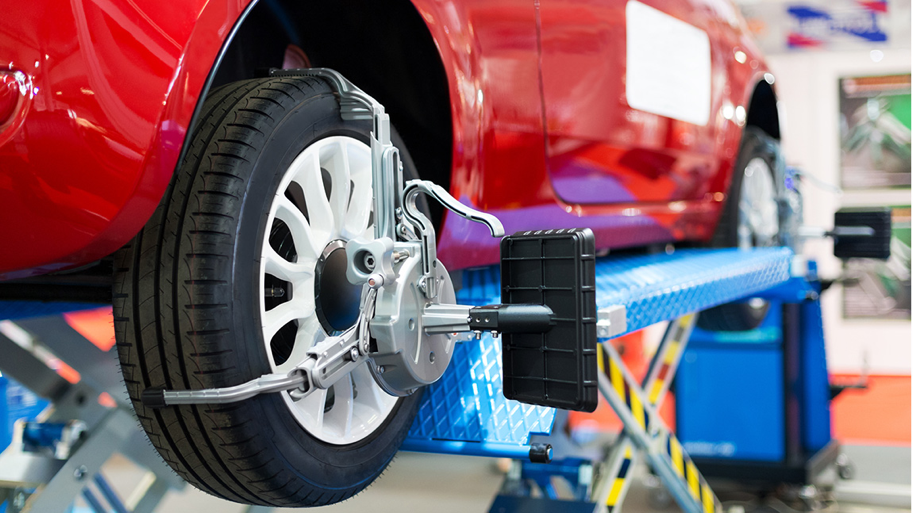 On lower quality wheels, they are more noticeable. With age, with wear of rubber and with the use of damaged discs, the beats increase. nine0005
On lower quality wheels, they are more noticeable. With age, with wear of rubber and with the use of damaged discs, the beats increase. nine0005
Let's assume that the car has unbalanced wheels, that is, the center of mass is geometrically displaced relative to the axis of rotation. While the car is moving at low speed, the beating is not felt and does not affect driving safety in any way.
However, as the speed increases above 60 km/h, the wheel speed increases and enters into resonance with the body. The fluctuations intensify and reach a peak.
The driver feels the seat, steering wheel, pedals shaking. Shock absorbers, springs, silent blocks and other parts are going through hard times. Vibrations weaken fasteners, increase tension, and cause damage to equipment. nine0005
High-frequency vibrations for any mechanisms are dangerous. When entering resonance, the whole car vibrates, including bolts and nuts, clamp fasteners, wheel and thrust bearings.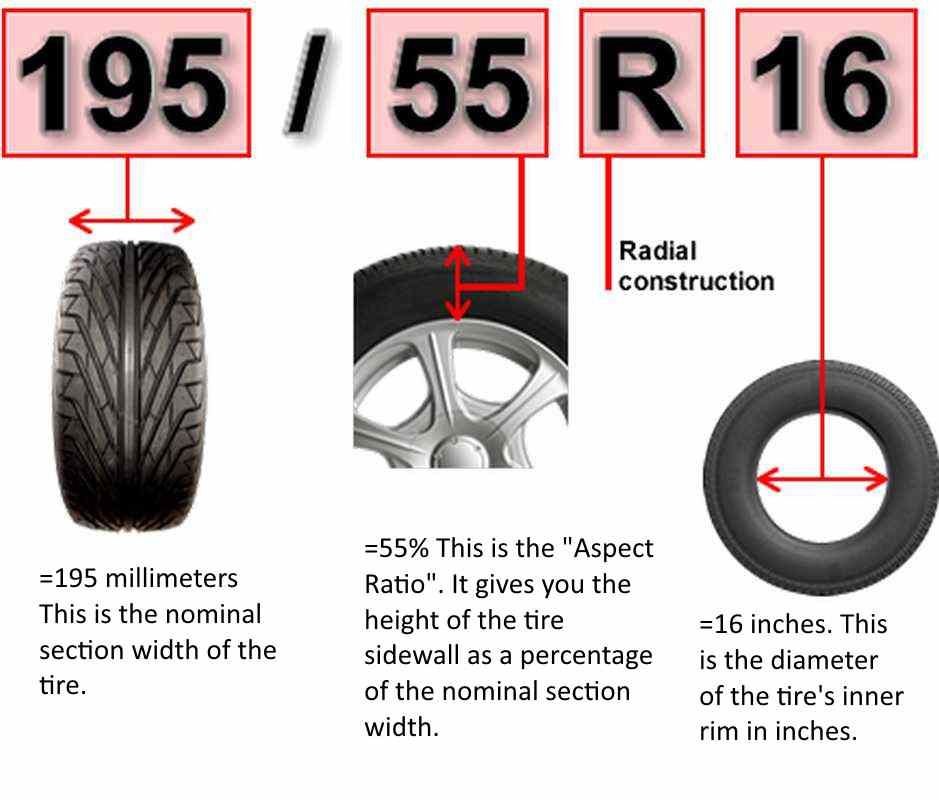 The car is going to pieces. There may be leaks of technical fluids or loose connections in the engine cooling system.
The car is going to pieces. There may be leaks of technical fluids or loose connections in the engine cooling system.
After several thousand runs on an unbalanced wheel, the wheel bearing is at risk of howling. The hub heats up due to the increased friction of the rollers and collapses. Then the car starts to pull to the side, controllability is broken. nine0005
From vibrations, the steering rack and its tips are gradually loosened, play appears, and rubbing parts are worn out.
Wheel grip decreases, and in extreme conditions, at the limit of rubber grip, vibrations contribute to tread slippage during lateral overloads. However, not every motorist will feel them, because the vast majority of drivers do not bring the car to the border regimes in turns. However, everyone faces uneven tire wear. nine0005
Vibrations cause transverse grooves in the tread, similar to those left by surf waves on sand. Drainage is broken, the wheel ceases to hold the road just as reliably, there is a risk of skidding. Grooves in the tread cause even more wheel wobble and ABS malfunction. The braking distance is extended.
Grooves in the tread cause even more wheel wobble and ABS malfunction. The braking distance is extended.
In order to eliminate the negative effect of unbalance, the cause of the runout should be immediately found and the wheels balanced in a tire shop. nine0005
Even if vibrations are not felt, this does not mean that the wheels are in order. It is necessary to check the balance at least once a year or once per 10 thousand kilometers. This is especially important for those drivers who often drive long distances and subject the car to vibrations for several hours in a row.
wheelbalancecars
Next article
Media news2
Car tires are produced with tolerances for external and seating dimensions, so all products of tire factories have different weights and sizes. In addition, any tires have an uneven tread pattern, a spread of joints in the cord layers, and a lack of concentricity of the bead rings.
Car tires are produced with tolerances for external and landing dimensions, so all products of tire factories have different weights and sizes. In addition, any tires have an uneven tread pattern, a spread of joints in the cord layers, and a lack of concentricity of the bead rings. After installing the tires on the disk, these features lead to a mismatch between the axes of inertia and wheel rotation. Because of this, the center of gravity of the installed tire does not coincide with the center line of the drive shaft, resulting in an imbalance in the design, provoking radial and end play of the front or rear wheel. nine0005
The result of this defect may be a breakdown:
But it's not just the wheelbase that suffers from this beating. Disc imbalance accelerates tread wear, increases braking distance, reduces handling and overall safety of the driver and passengers.
There are only two types of balancing defects: nine0005
Improper dynamic balancing is considered more dangerous than static radial runout. And if it exceeds the allowable limits, the wheel is sent to a balancing machine. With it, you can eliminate the causes that cause beating in the end and radial plane.
Winter Drive protection
Tires Goodyear UltraGrip Arctic 2 SUV
Winter Drive Protection Sound Comfort
Rating:
4.5
Tires Goodyear UltraGrip Ice 2
Tires Goodyear UltraGrip Performance+ SUV
Tires Goodyear UltraGrip Arctic 2
Winter Drive Protection Run On Flat Sound Comfort
Tires Goodyear UltraGrip Performance+
No tire manufacturer can guarantee the accuracy of the geometry and shape of their product.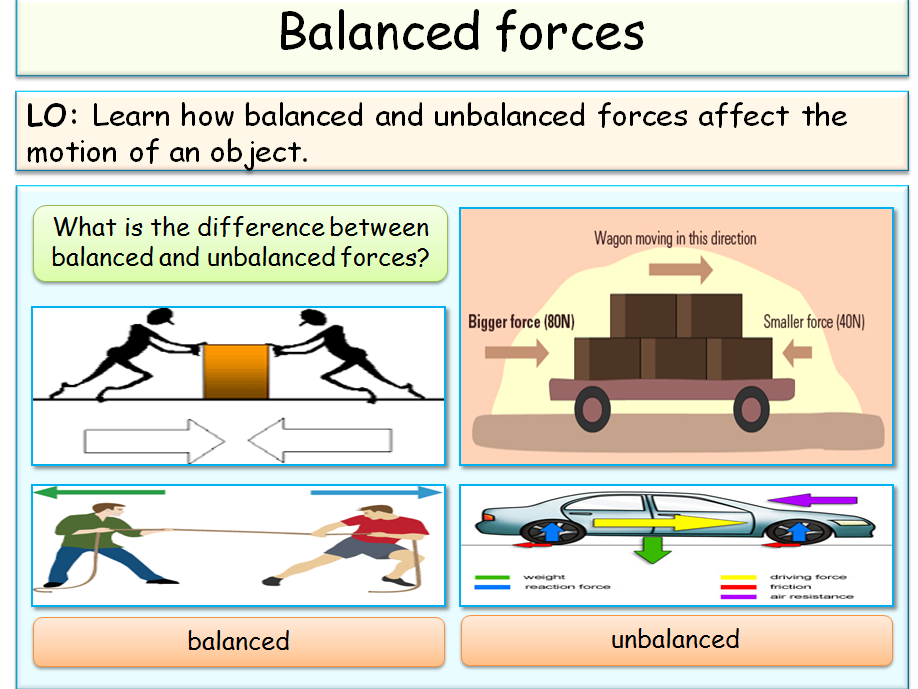 Even in the same batch, there are different thicknesses of the sidewalls, a discrepancy in the density of the cord, a spread in sealing joints and other defects that affect the location of the axis of inertia. Therefore, tire manufacturers were allowed to set tolerances for deviations from nominal dimensions and shape accuracy. nine0005
Even in the same batch, there are different thicknesses of the sidewalls, a discrepancy in the density of the cord, a spread in sealing joints and other defects that affect the location of the axis of inertia. Therefore, tire manufacturers were allowed to set tolerances for deviations from nominal dimensions and shape accuracy. nine0005
The deviation values are laid down in GOST 4754-97, which regulates the technical conditions for the production of tires. The same GOST also determines the permissible imbalance of the wheel with the tire installed. It depends on its type and diameter.
For radial models of tires, a difference in size and shape is allowed, provoking a beating with an amplitude of 1 to 2 millimeters. For diagonal models, the tolerance for radial and axial runout is 2 and 3 millimeters.
If the dynamic imbalance goes beyond this tolerance, the wheel is sent to the tire shop. This moment can be traced by indirect signs.
All types of tires need to eliminate the imbalance, this is done not only when installing new rubber. It is also ordered as the tires wear out, compensating for the negative impact of the eroding tread. nine0005
When to check balance:
These tips should be heeded by all owners of new cars. And if your car is living its last years, you should undergo balancing every 2-3 thousand kilometers. So you prevent serious suspension injuries and possible emergencies. And do not be afraid to lose money and time. An accident will cost much more, and modern types of balancing reduce the time of this procedure by several times.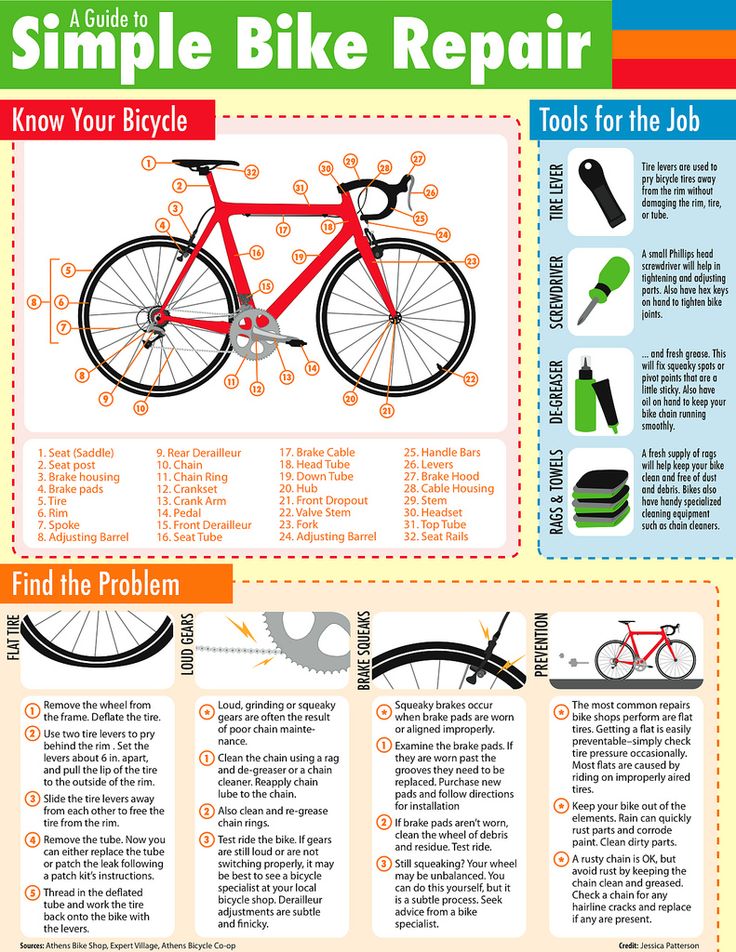 nine0005
nine0005
Wheel imbalance is eliminated using the following balancing technologies:
The automatic method involves the installation of calibrated, movable counterweights on the wheel, which are distributed over the surface of the disk under the action of centrifugal forces. After installing the granular weights, the wheel is spun, controlling the end and radial runout. Centrifugal acceleration moves the weight to the right place, and the beat controller stops the rotation of the disk after reaching an acceptable imbalance. With the help of an automatic balancer, it is possible to correct the radial and end defects of the wheel sets of buses and trucks. This technique is not suitable for light vehicles. nine0005
Dynamic compensation is performed on a balancing machine. The wheel is mounted on the axis of free rotation and spun up to angular speeds equivalent to 50-100 km/h. The measuring equipment of the machine fixes the lateral and radial runout, for which weights are used to compensate. Moreover, the machine controller gives recommendations on the weight of the weights in grams, and the place for installing counterweights is chosen empirically. Therefore, dynamic balancing lasts several hours. Static wheel imbalance leveling is performed using the same technology as dynamic compensation. nine0005
The measuring equipment of the machine fixes the lateral and radial runout, for which weights are used to compensate. Moreover, the machine controller gives recommendations on the weight of the weights in grams, and the place for installing counterweights is chosen empirically. Therefore, dynamic balancing lasts several hours. Static wheel imbalance leveling is performed using the same technology as dynamic compensation. nine0005
Finishing calibration allows you to refine the position of the weight on the disc. It is carried out after the completion of machine or automatic balancing. For finishing, special equipment is needed that analyzes the runout of the wheel and indicates the location of the compensator.
Balancing weights are printed and self-adhesive. The former are mounted using a bracket that provides mechanical fixation of the position of the counterweight. The second is glued to the inner surface of the disk. A more reliable option is considered a stuffed weight - it does not fly off the rim even when hitting a curb.